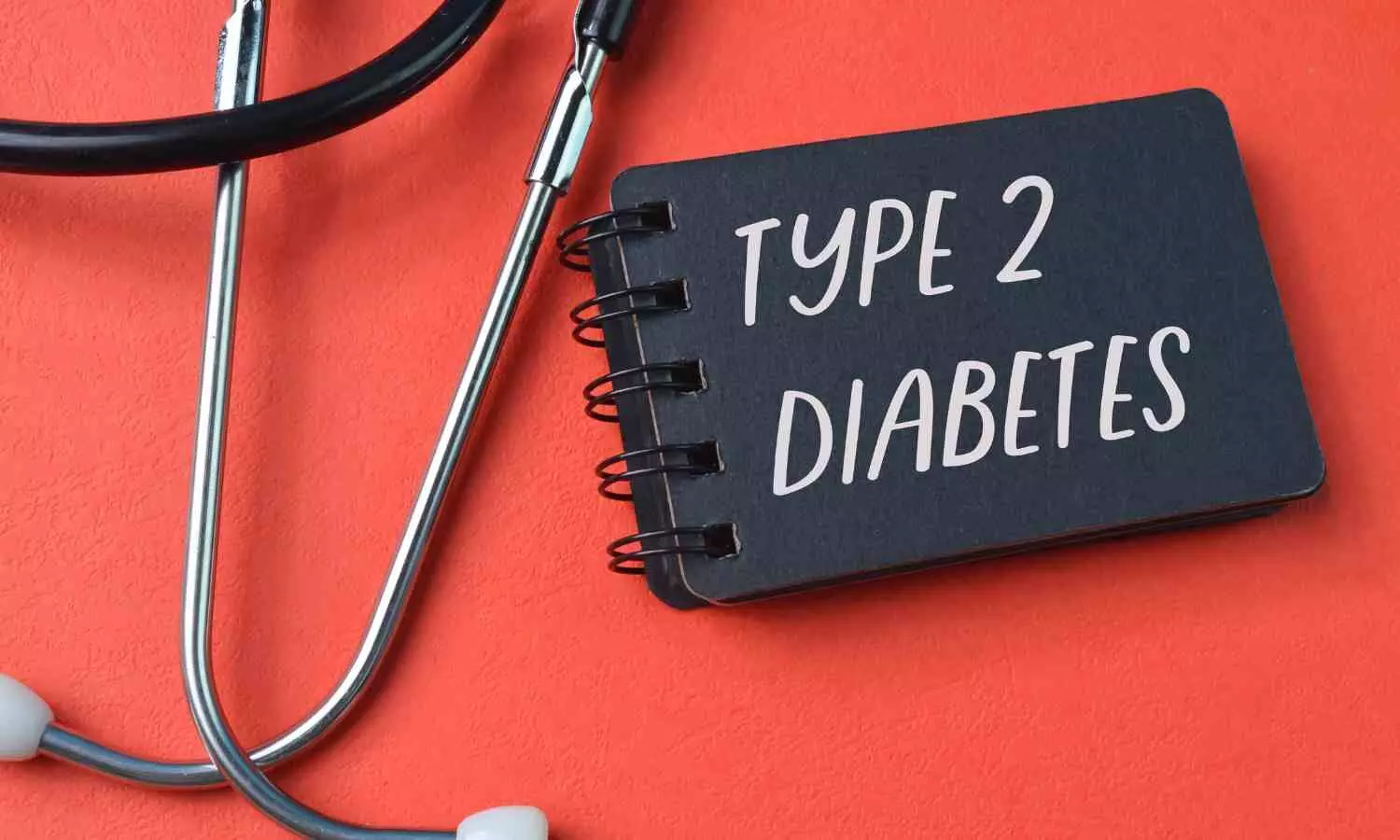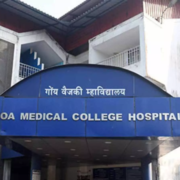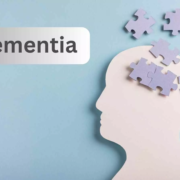
Individuals with type 2 diabetes who are at higher risk of certain cancers could be identified by a simple blood test, this year’s Annual Meeting of the European Association for the Study of Diabetes (EASD) (Madrid, 9-13 September) will hear.
People with type 2 diabetes are known to be at higher risk of developing cancers associated with obesity (OR cancers), including breast, kidney, womb, thyroid and ovarian cancer, as well as gastrointestinal cancers, including colorectal and pancreatic cancer, and multiple myeloma.
It is thought that chronic low-grade inflammation, which is prevalent in both obesity and type 2 diabetes, plays a significant role in cancer development in both conditions.
Mathilde Dahlin Bennetsen, of the Steno Diabetes Center Odense, Odense University Hospital, Odense, Denmark and colleagues explored whether differences in levels of proinflammatory cytokines, immune system proteins that heighten inflammation, would help identify individuals with type 2 diabetes who are particularly at risk of OR cancers.
“Understanding which individuals are at higher risk for these cancers would allow for more targeted and effective monitoring and early detection, potentially improving outcomes through earlier intervention and personalised treatment,” says Ms Bennetsen.
The study involved 6,466 (40.5% female, median age 60.9 years) members of the Danish Centre for Strategic Research in Diabetes (DD2) cohort, an ongoing study of individuals newly diagnosed with type 2 diabetes.
Levels of proinflammatory cytokines interleukin-6 (IL-6), tumour necrosis factor-alpha (TNF-alpha) and high sensitivity C-reactive protein (hsCRP) were measured at the start of the study. IL-6 and TNF-alpha are released by adipose tissue and they are often found at higher levels in individuals with type 2 diabetes.
The participants were grouped into three categories based on their IL-6 levels: the lowest third (IL6 ≺0.94pg/ml), the middle third (0.94-1.58pg/ml) and the highest third (>1.58pg/ml).
They were then followed for a median of 8.8 years, during which 327 developed an obesity-related cancer.
Higher levels of IL-6 at baseline were associated with a higher risk of developing an OR cancer.
When the results were adjusted for age, sex, diabetes duration, alcohol consumption, waist circumference, physical activity, HbA1c (a measure of how well blood sugar is controlled), triglyceride levels, use of lipid-lowering drugs and use of diabetes medication, those in the highest group had a 51% higher risk of developing an OR cancer compared with those in the lowest group.
TNF-alpha and hsCRP were only weakly associated with OR cancers compared to IL-6.
Factoring in smoking status did not change the results.
When the researchers added baseline IL-6 levels to other factors known to increase the risk of obesity-related cancers, it led to a small but important increase in ability to predict if an individual would go on to develop one of the cancers.
In contrast, the inclusion of TNF-alpha or hsCRP did not improve the predictive models.
The authors conclude that higher IL-6 levels are associated with the development of OR cancers in patients who have recently been diagnosed with type 2 diabetes.
In future, a simple blood test could identify those at higher risk of the cancers, says Ms Bennetsen. However, further research is needed to determine if testing would improve early detection and management of these cancers.
Ms Bennetsen adds: “Understanding that higher levels of inflammation can indicate a greater risk of certain cancers highlights the importance of regular check-ups and effective diabetes management.
“Maintaining a healthy lifestyle and adhering to treatment plans can potentially help manage inflammation and reduce cancer risk.”
Reference:
Individuals with type 2 diabetes who are at higher risk of certain cancers could be identified by a simple blood test, Danish study suggests, Diabetologia, Meeting: Annual Meeting of the European Association for the Study of Diabetes (EASD).




















